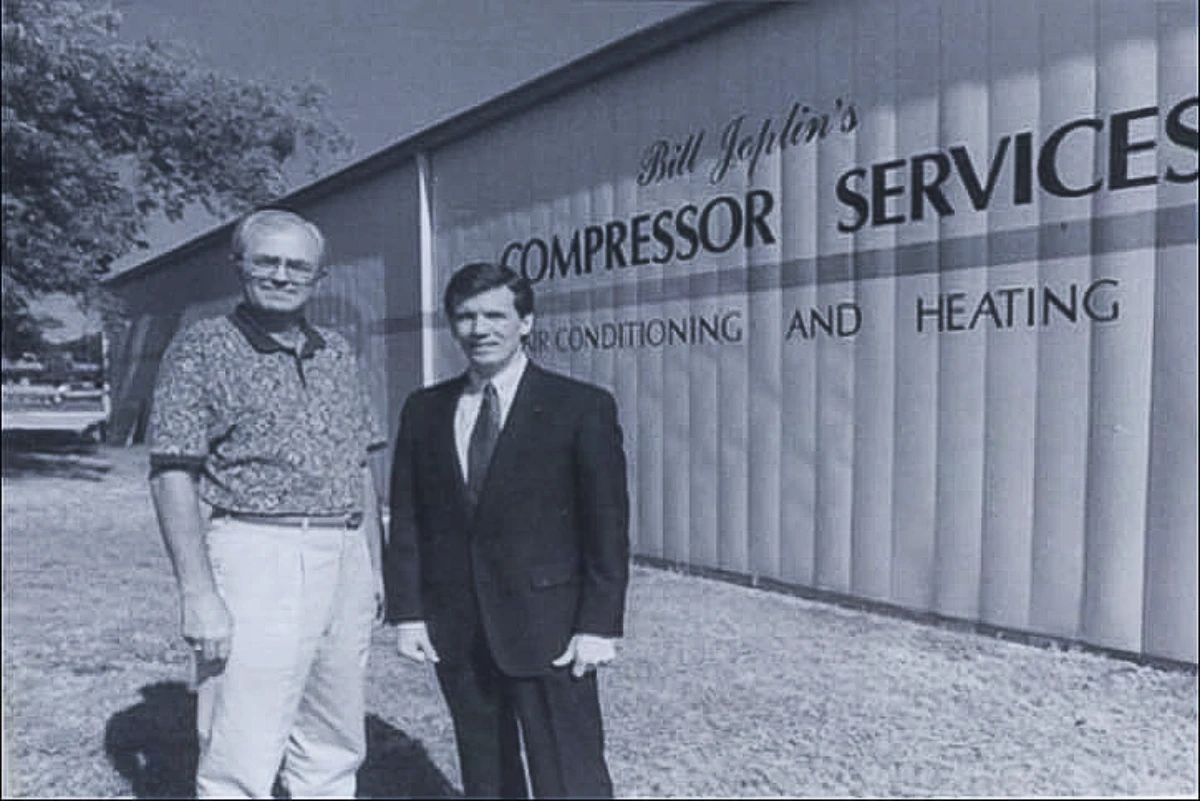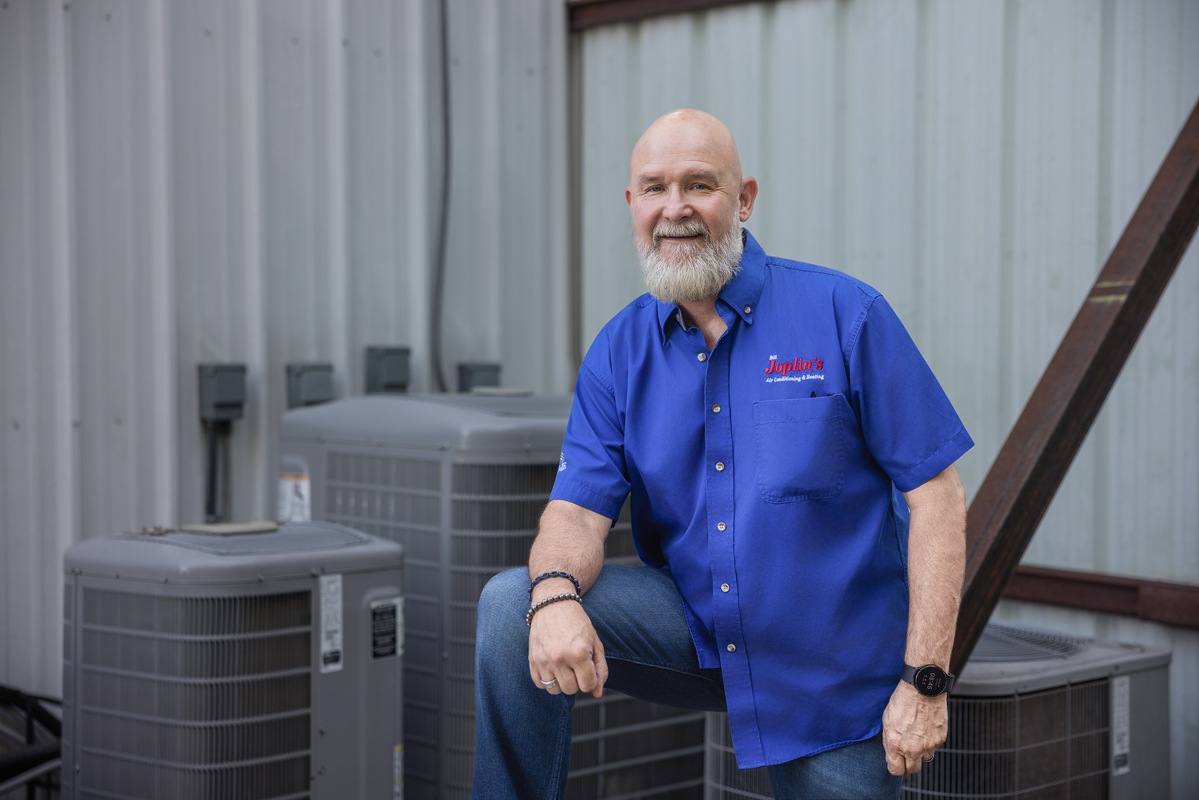When the air inside a home is dirty, everyone suffers. Poor indoor air quality can cause allergies, asthma and other respiratory ailments for the family living in your home. Many of the causes are invisible, and finding the source of your family’s seemingly constant illnesses can be frustrating. Thankfully, there are several simple steps you can take to cut down on the pollutants inside your house.
What Causes Poor Indoor Air Quality?
Dander (both human and pet), pollen, dust, mold and mildew will all cause poor indoor air quality. Though it seems like just keeping the windows closed can solve the problem, the truth is that the air in your home may actually be dirtier than the air outside. Insects – and even rodents – living in your house also will contribute to the problem, and moisture that has seeped in the home can aggravate it even further.
But before you re-home Rover, or dress your children in hazmat suits instead of pajamas, try following these guidelines for keeping the irritants down.
Simple Steps for Cutting Down on Indoor Pollution
- Keep humidity low – Humidity helps to breed molds and mildews, as well as making your home feel sticky and smell. To help take the moisture out of the air, run your air conditioning or heater more often. Variable speed technology will help, by allowing your HVAC equipment to run at a slower speed, more continuously. You can also invest in a dehumidifier for your home. Most importantly, find the source of the humidity. Is your roof leaking? Are your appliances or pipes leaking? Is moisture from outside getting into your basement?
- Choose your cleaning products wisely – Although it seems counter-intuitive, cleaning your house can actually make your indoor air quality worse. When shopping, be sure to choose cleaning supplies that don’t contain “volatile organic compounds,” or VOCs. Ammonia and chlorine are examples of these. Find products labeled “Low VOC” or “VOC Free,” and also look for fragrance-free cleaners.
- Change your air filters regularly – Air filters help to clean the air by trapping the particles flowing through them. Not changing them on a regular basis means not only dirtier air in your home, but a higher energy cost, as well, since the system has to work that much harder to push air though the clogged filter.
- Dust with a moist cloth instead of a feather duster – Feather dusters do a great job of just sending the dust aloft again. Using a moistened rag (with water or a furniture polishing oil) will trap the dust on the rag.
- Install an air purifier – An all-house purifier will trap and kill pollen, dust mites, mold and germs for the entire house.
- Keep pet allergens to a minimum – Even the ones we love can make us sick sometimes. If you are allergic to Fido, make sure that he stays out of your bedroom, where you spend the most time while at home. Vacuuming regularly, and keeping his coat clean with brushing and bathing, will also help.
- Call pest control – Evicting the unwelcome critters from your home is a very important step in improving indoor air quality. Both bugs and rodents will contribute to illness in your home.
- Get your air ducts inspected – All of these nasties may also accumulate in your system’s air ducts. When your air conditioning or heating system is running, it’s blowing the pollutants right back into your rooms, meaning that all of your hard cleaning work is for nothing. Contact your HVAC service provider to schedule a duct inspection. This will show how efficiently your ducts are working, and whether they need a good cleaning.
- Cut down on secondhand smoke – If you have smokers in the house, designate a place outdoors for them to smoke, away from windows and doors. Ask guests to help keep your air clean by smoking outside, as well.
What Else Can Cause Poor Indoor Air Quality?
Pollen, dust and mold are obvious culprits, but there are other factors to consider, as well. For homes that use gas or propane for heating or cooking appliances, gas that’s not burning cleanly can cause irritant particles to be emitted into the air. To fix this, make sure that a certified service technician comes to your home once a year to clean and service the gas jets. Kitchen stoves can also emit nitrogen dioxide, which will turn to ozone when encountering sunlight. The easiest solution is to use a hood fan or open a window slightly while cooking.
For more information on improving your Frisco or McKinney area home’s indoor air quality, as well as expert advice on heating and cooling your house, contact Bill Joplin’s Air Conditioning & Heating today.


